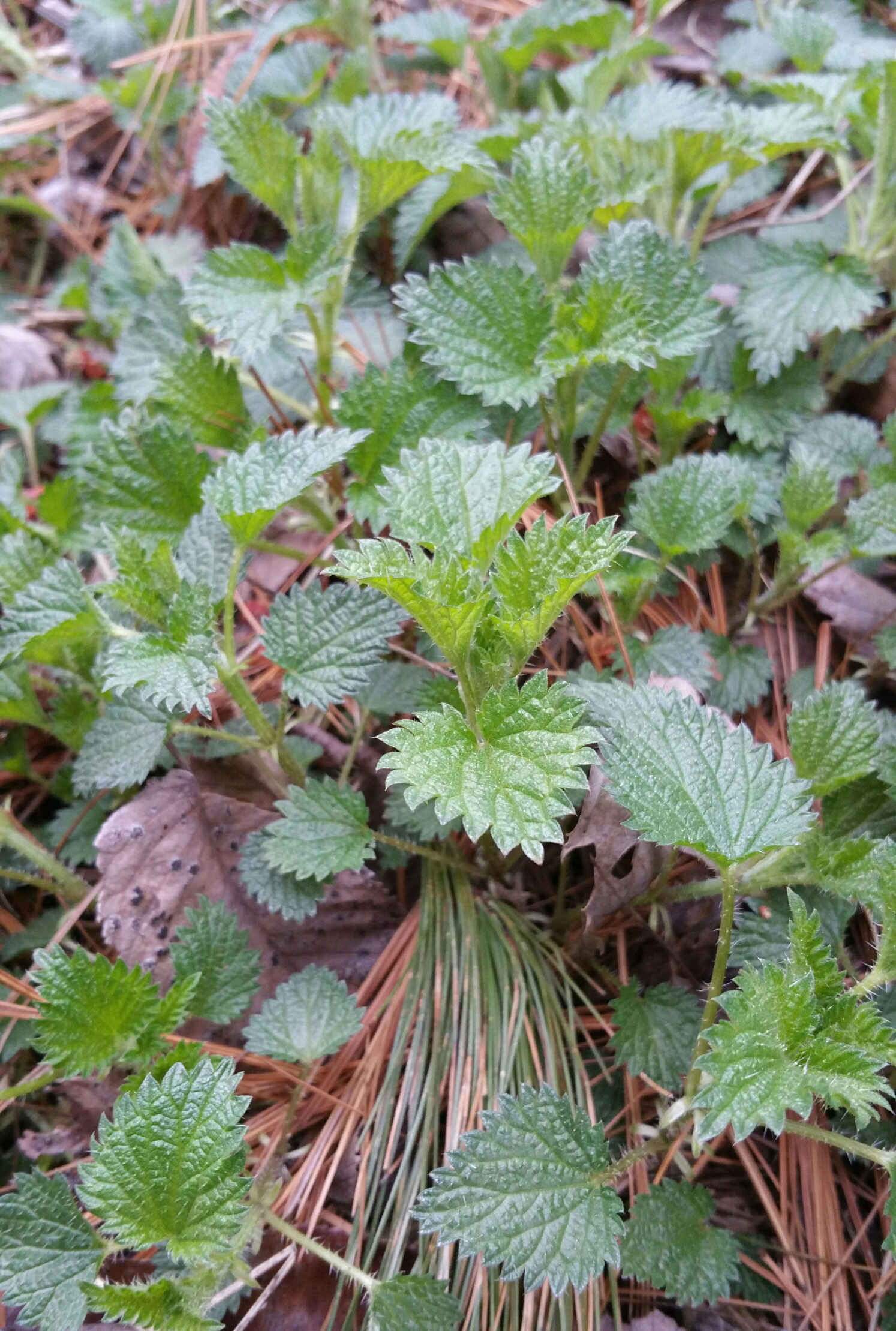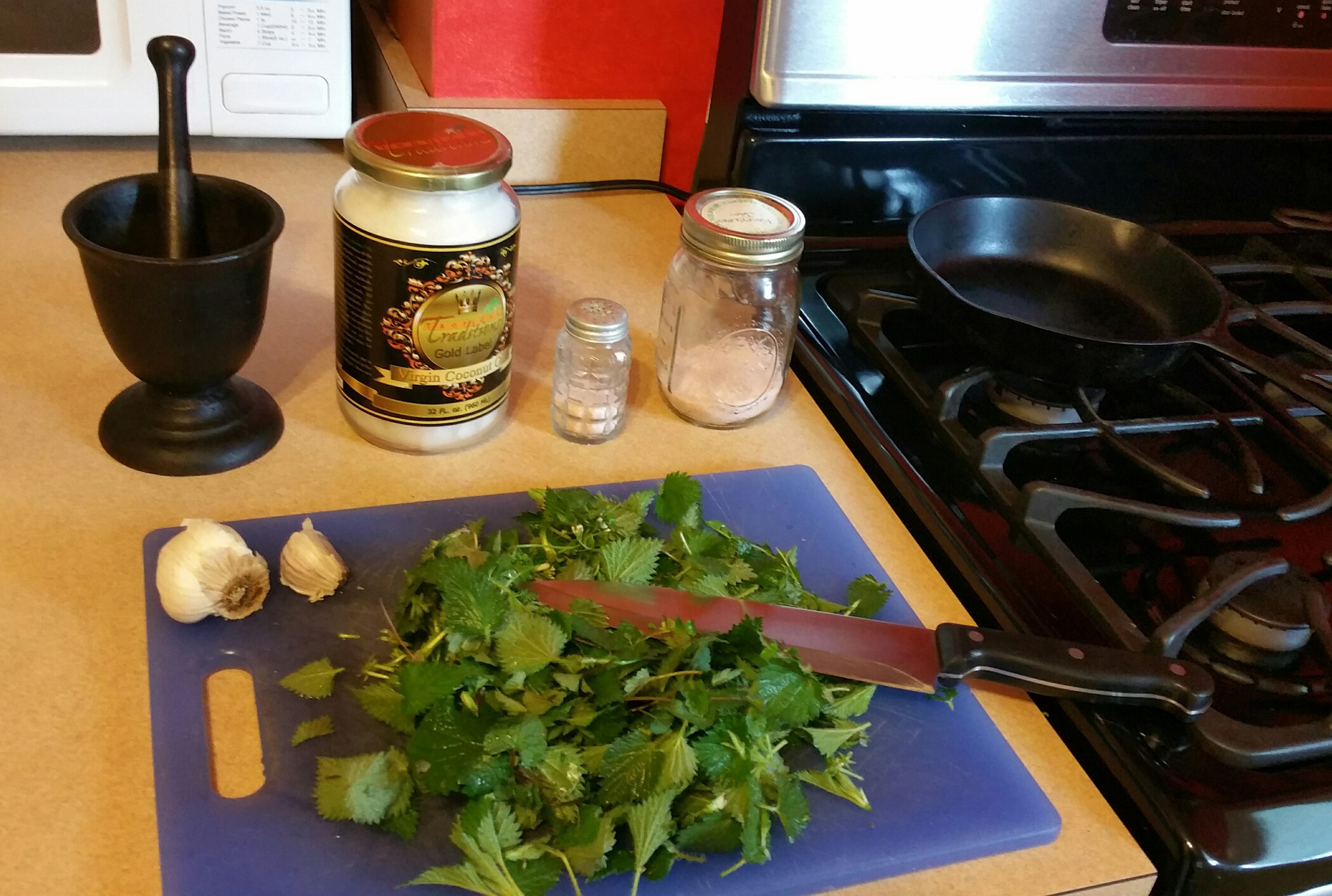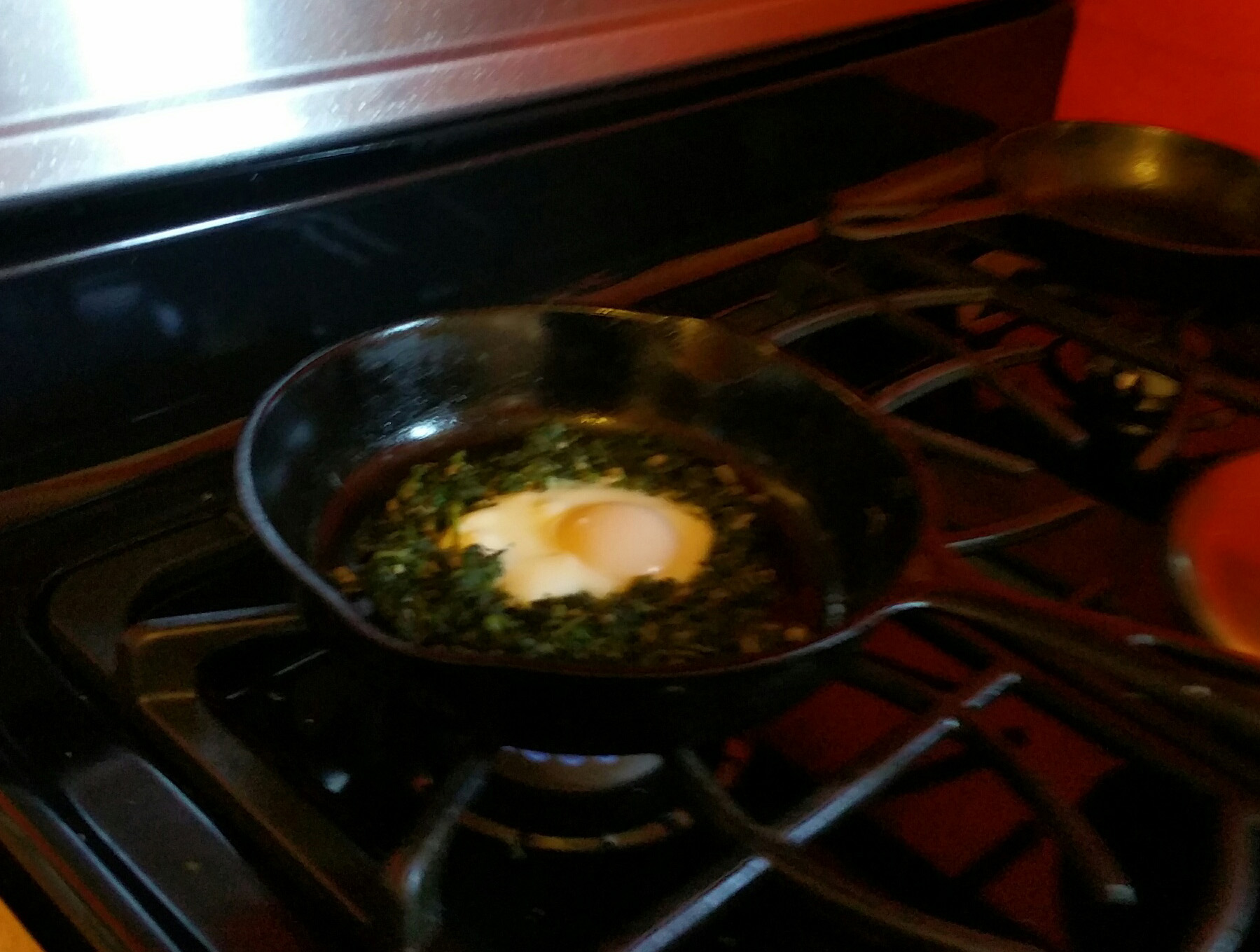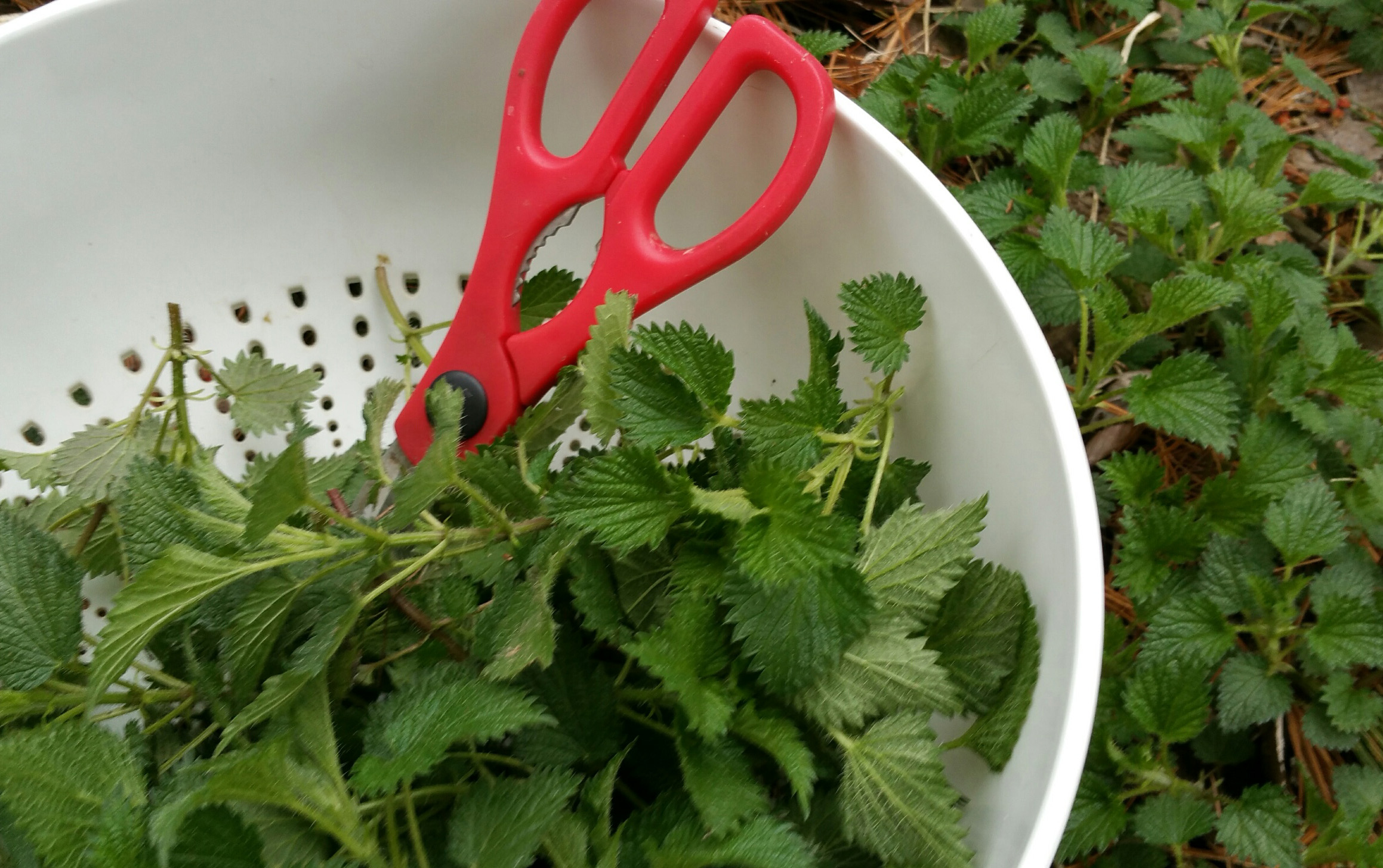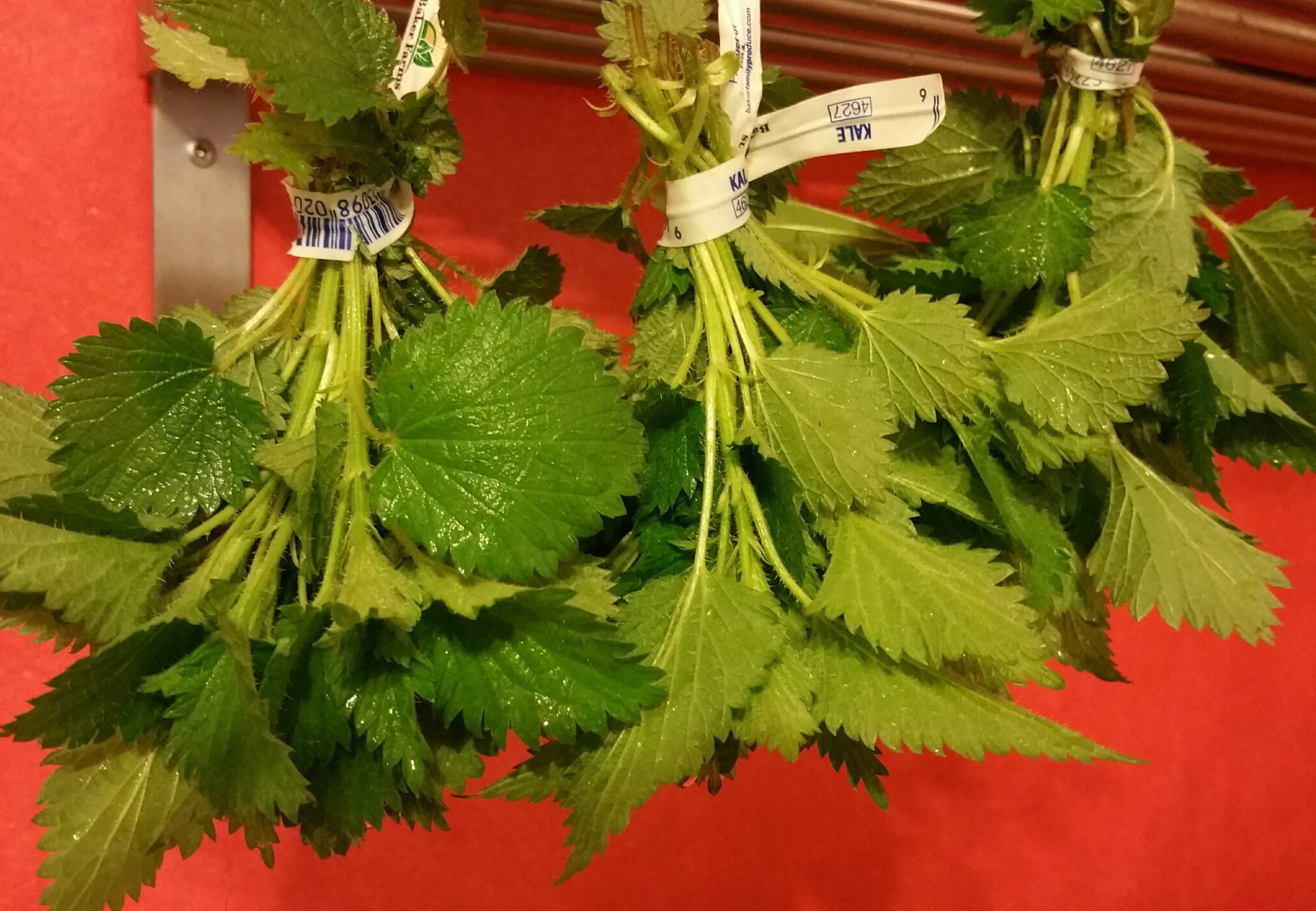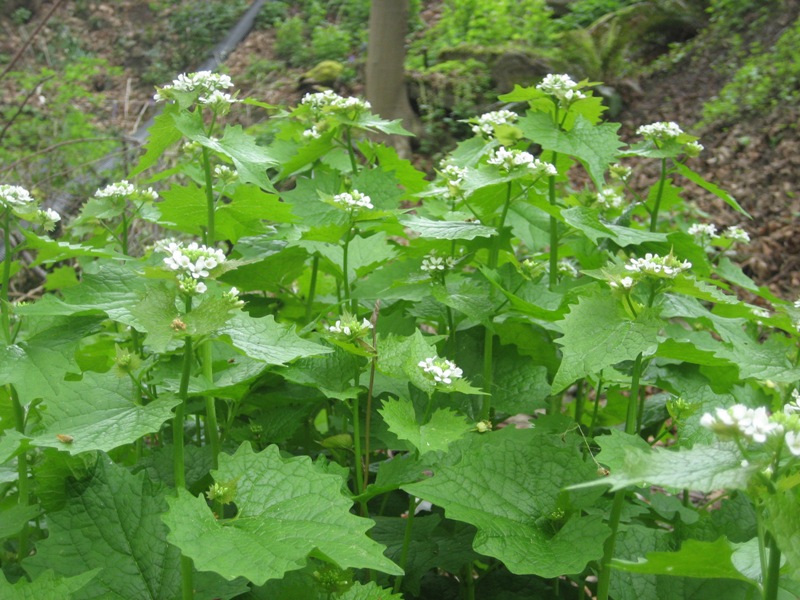by Elsa Johnson
The trees I especially enjoy this time of year are serviceberry, Canadian red chokeberry, yellow flowered magnolia, and American larch.
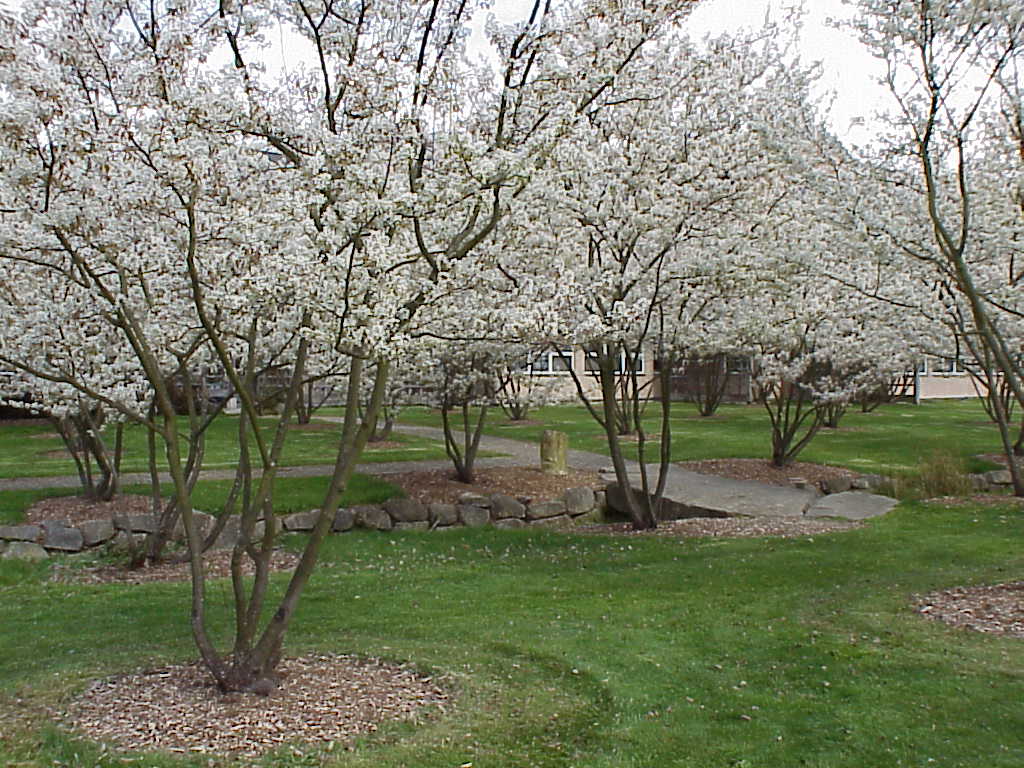 Amalanchiers – our native serviceberries – are usually among the earliest trees to bloom; its fragile flowers are almost as ephemeral as our native ephemeral wildflowers, the Spring-beauty, and Cutleaf Toothwort (the latter the host plant to the West Virginia White Butterfly), both of which bloom at about the same time as serviceberries. The delicate filigree blossoms develop in pale shades of grey, pink, and green, but unfold and open white, resembling clusters of particularly light and airy snow. Alas, they do not last long if the days are warm, while cool weather prolongs their stay, and soon the tiny white petals drift down like a particularly gentle snow. I love serviceberry, especially in its multi-trunk or clump form, which, judiciously internally opened up, makes a very nice semi-transparent screening tree. This also allows one to appreciate its silvery ‘skin’.
Amalanchiers – our native serviceberries – are usually among the earliest trees to bloom; its fragile flowers are almost as ephemeral as our native ephemeral wildflowers, the Spring-beauty, and Cutleaf Toothwort (the latter the host plant to the West Virginia White Butterfly), both of which bloom at about the same time as serviceberries. The delicate filigree blossoms develop in pale shades of grey, pink, and green, but unfold and open white, resembling clusters of particularly light and airy snow. Alas, they do not last long if the days are warm, while cool weather prolongs their stay, and soon the tiny white petals drift down like a particularly gentle snow. I love serviceberry, especially in its multi-trunk or clump form, which, judiciously internally opened up, makes a very nice semi-transparent screening tree. This also allows one to appreciate its silvery ‘skin’.
 Our native Canadian red chokeberry, Prunus virginiana, is often mistaken for its cousin, prunus cistena, a lesser creature, which also bears small pale pink flowers in spring and has red-purple leaves. Canadian red chokeberry can also be found as a multi-trunked tree, and, opened up the same way, also makes for a pleasant screening tree. The delicate pale pink blossoms flower just before and as the red-purple leaves emerge. The berries, edible, juicy but tart, should be cooked into a jelly, for example, and not eaten raw. The roots and bark, although toxic, have medicinal uses.
Our native Canadian red chokeberry, Prunus virginiana, is often mistaken for its cousin, prunus cistena, a lesser creature, which also bears small pale pink flowers in spring and has red-purple leaves. Canadian red chokeberry can also be found as a multi-trunked tree, and, opened up the same way, also makes for a pleasant screening tree. The delicate pale pink blossoms flower just before and as the red-purple leaves emerge. The berries, edible, juicy but tart, should be cooked into a jelly, for example, and not eaten raw. The roots and bark, although toxic, have medicinal uses.
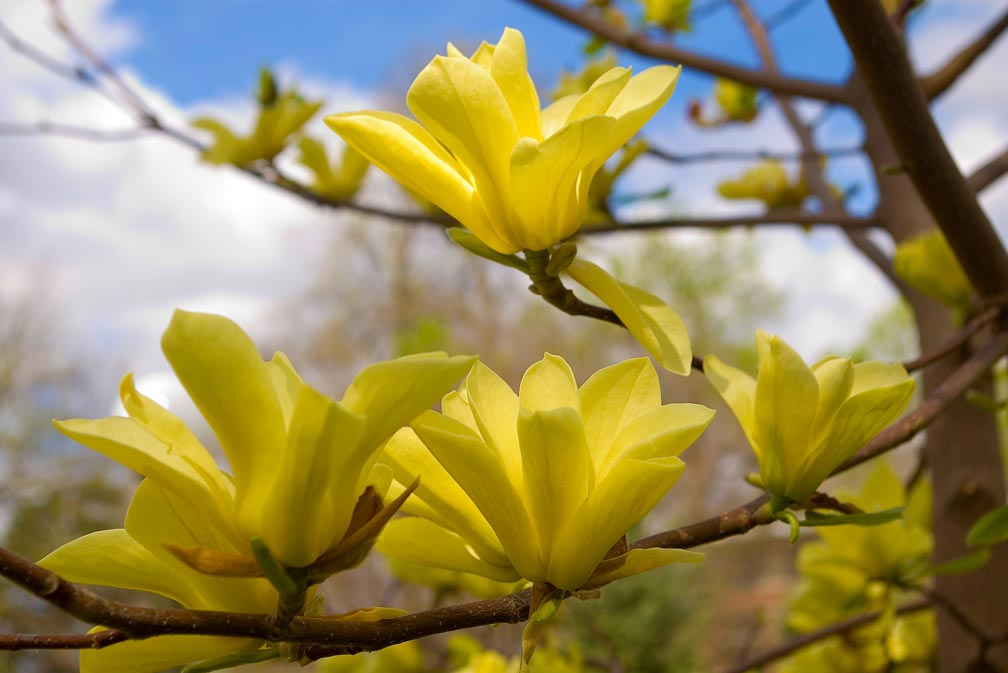 The yellow flowered magnolias are another of my springtime favorite small trees because they are late bloomers that usually escape being destroyed by those flower-devastating late freezes (like the one we recently experienced). There is something about their buttery yellow strappy flowers opening that is just so cheerful and fresh! – ( and not as lurid as the late blooming magenta magnolias). These magnolias also tend to be densely branched and multi-trunked, with smooth grey bark in their youth.
The yellow flowered magnolias are another of my springtime favorite small trees because they are late bloomers that usually escape being destroyed by those flower-devastating late freezes (like the one we recently experienced). There is something about their buttery yellow strappy flowers opening that is just so cheerful and fresh! – ( and not as lurid as the late blooming magenta magnolias). These magnolias also tend to be densely branched and multi-trunked, with smooth grey bark in their youth.
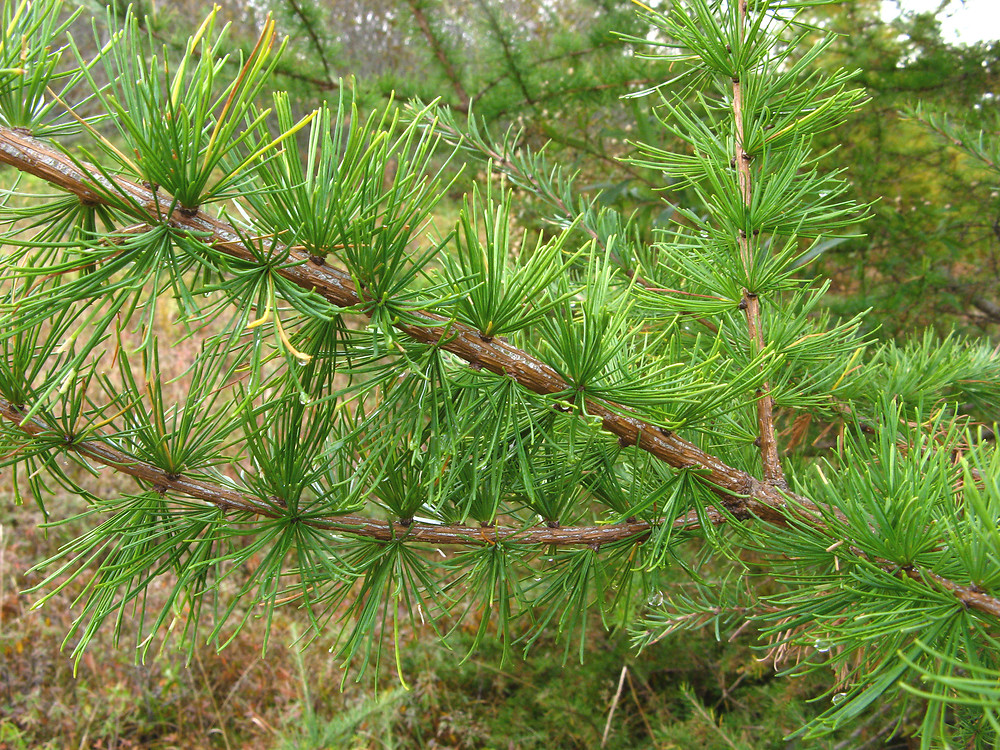 Finally, there is American Larch, a deciduous evergreen one does not often see. My family had one in our ‘yard’ (40 acres) and every year in the fall, when it turned strong yellow and the needles fell, my grandmother would say “That tree’s dying – we’d better cut it down”. But in the spring time when the new bright green needle buds began to open – oh! how fresh and soft they were. I liked to run my hands down them. They felt so alive. This tree did very well for us and eventually got quite large. I often wonder why is not used more.
Finally, there is American Larch, a deciduous evergreen one does not often see. My family had one in our ‘yard’ (40 acres) and every year in the fall, when it turned strong yellow and the needles fell, my grandmother would say “That tree’s dying – we’d better cut it down”. But in the spring time when the new bright green needle buds began to open – oh! how fresh and soft they were. I liked to run my hands down them. They felt so alive. This tree did very well for us and eventually got quite large. I often wonder why is not used more.
